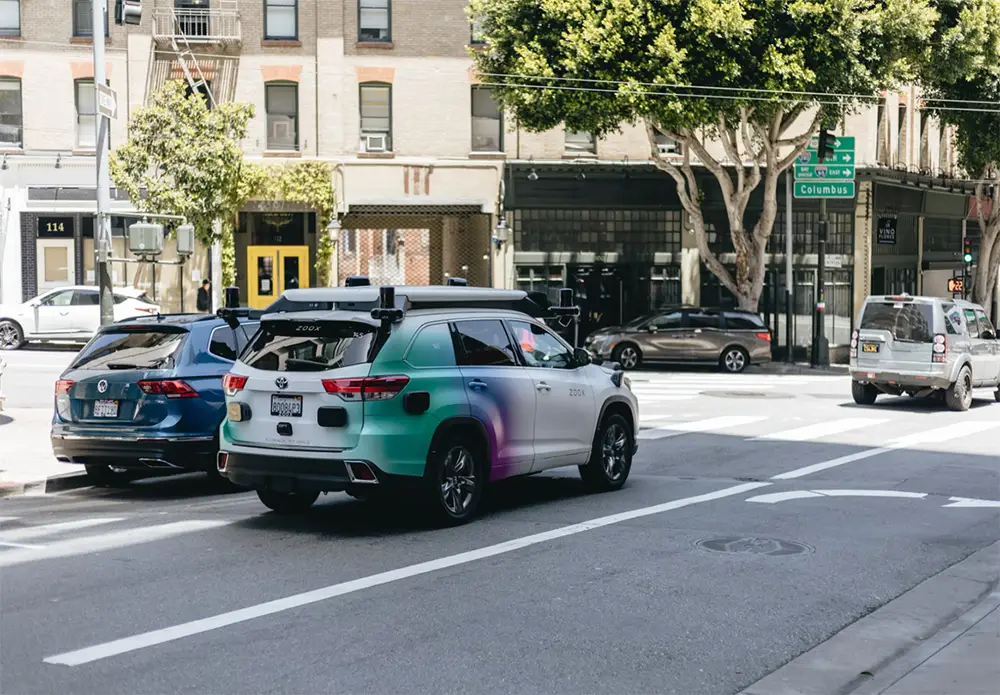 ST-STAFF
.
June 05, 2025
.
Industry News
.
ST-STAFF
.
June 05, 2025
.
Industry News
.

Photo by Timo Wielink on Unsplash
Despite billions of dollars being invested in autonomous vehicle technology, self-driving cars continue facing significant challenges in navigating America’s unpredictable road networks. While manufacturers showcase impressive demonstrations, the gap between controlled testing environments and chaotic real-world conditions remains substantial, raising critical questions about deployment readiness and public safety.
Autonomous vehicle developers paint visions of accident-free highways and seamless transportation. However, the reality of road conditions presents obstacles that current technology struggles to overcome.
Autonomous vehicles excel in structured test environments with predictable variables and controlled conditions. These testing grounds feature perfectly marked lanes, consistent lighting, and pre-programmed scenarios. Real-world driving presents infinite variables: faded lane markings, construction zones, unexpected obstacles and rapidly changing conditions that challenge even the most sophisticated AI systems.
Self-driving algorithms operate on fundamental assumptions about human behavior and infrastructure standards. They expect drivers to follow traffic rules consistently, assume clear lane markings exist, and anticipate predictable pedestrian behavior. These assumptions break down when confronting aggressive drivers, deteriorating road infrastructure, or cultural driving patterns that vary significantly across American regions.
Contemporary autonomous vehicles face numerous scenarios that expose their current limitations and highlight the complexity of human-driven transportation systems.
Adverse weather conditions create great challenges for autonomous vehicle sensors and decision-making systems. Heavy rain obscures camera vision, snow covers lane markings and road signs, while ice creates unpredictable traction conditions. Debris on roads, misplaces construction signs and barriers and infrastructure damages such as potholes further complicate sensor interpretation, forcing systems to make decisions with contradictory information.
Human drivers can handle complex situations with the correct response that autonomous systems struggle to predict or interpret correctly. Erratic lane changes, aggressive merging, hand signals from construction workers, and pedestrians jaywalking create scenarios requiring intuitive judgement that current AI lacks. Cultural driving norms, regional traffic patterns, and individual driver personalities add layers of complexity that standardized algorithms cannot easily accommodate.
Recent autonomous vehicle incidents highlight persistent vulnerabilities in current technology. From misidentifying emergency vehicles to failing to recognize unusual road configurations, these edge cases show that rare but critical scenarios can overwhelm existing systems.
Rushing underdeveloped autonomous systems onto public roads poses significant safety risks to all road users. The pressure to commercialize technology before achieving sufficient reliability creates dangerous scenarios where beta-testing occurs on public highways rather than controlled environments, potentially putting lives at risk for competitive advantage.
Continued autonomous vehicle failures erode public confidence in self-driving technology with users often focussing on negative issues such as the legal steps after a self-driving car crash. When accidents occur, determining responsibility between manufacturers, software developers, vehicle owners, and human supervisors becomes increasingly complicated.
Addressing current autonomous vehicle limitations requires fundamental shifts in development approaches, testing methodologies and deployment strategies. Truck owners, professional drivers, and transportation stakeholders should remain informed about these limitations rather than being swayed by marketing promises.
Share Link